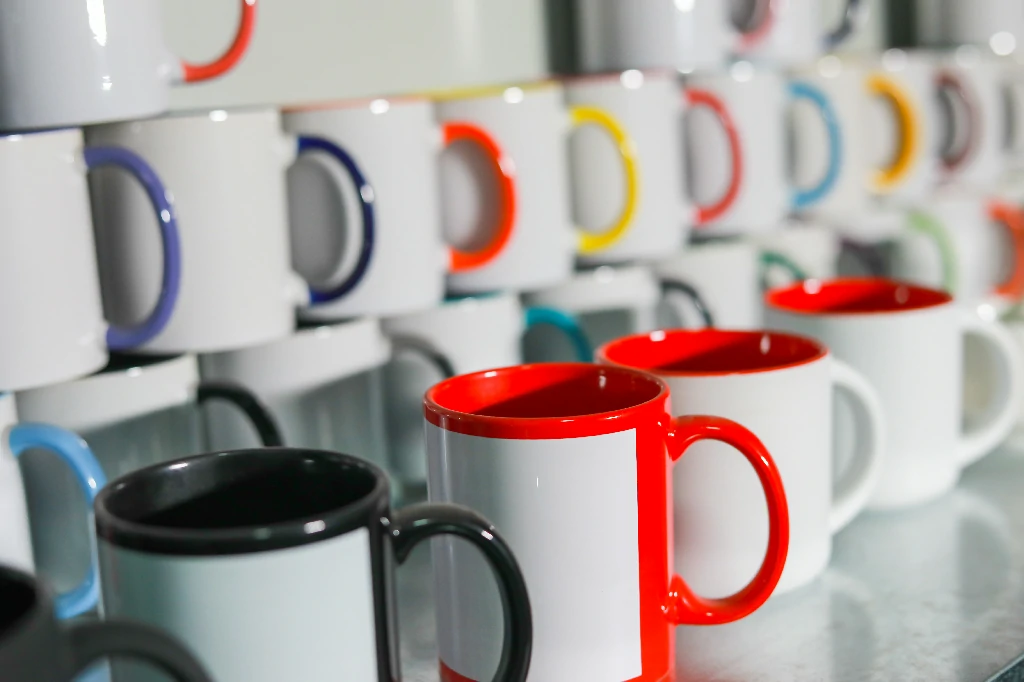The history of personalized ceramic cups is rich and spans thousands of years, reflecting advancements in technology, culture, and artistry. Here’s a brief overview:
Ancient Origins
- Neolithic Period (circa 10,000 BCE): The earliest known pottery dates back to this time, with the creation of simple vessels for storage and cooking. These rudimentary forms laid the groundwork for more specialized uses, including drinking.
Development in Various Cultures
- China: The Chinese began producing high-fired ceramics around 2000 BCE, leading to the development of porcelain in the Tang Dynasty (618-907 CE). These porcelain cups became highly prized for their beauty and durability.
- Japan: By the 12th century, Japanese potters were creating tea cups from earthenware and later stoneware, particularly during the Tea Ceremony, which emphasized aesthetics and simplicity.
- Middle East: The Islamic Golden Age (8th to 14th centuries) saw advancements in pottery techniques, with intricate designs and glazes. Cups became decorative objects as well as functional items.
European Influence
- Renaissance (14th to 17th century): With the revival of classical art and culture, European potters began to experiment with new techniques. The introduction of tin-glazing in Italy led to beautiful majolica cups.
- Industrial Revolution (18th to 19th century): Mass production techniques allowed for the widespread availability of ceramic cups. Companies like Wedgwood in England became famous for their fine china and innovative designs.
Modern Era
- 20th Century: The art pottery movement in the early 1900s emphasized handmade ceramics, leading to a resurgence in interest in unique, artistic cups. Additionally, ceramic cups became popular in cafes and homes worldwide.
- Contemporary Trends: Today, ceramic cups are made in a variety of styles, from artisanal handmade pieces to sleek, mass-produced designs. Eco-friendly practices and sustainable materials are increasingly important in their production.
Conclusion
Ceramic cups have evolved from simple utilitarian vessels to intricate works of art, reflecting the cultural and technological advancements of societies throughout history. They continue to be a significant aspect of daily life and artistic expression around the world.
